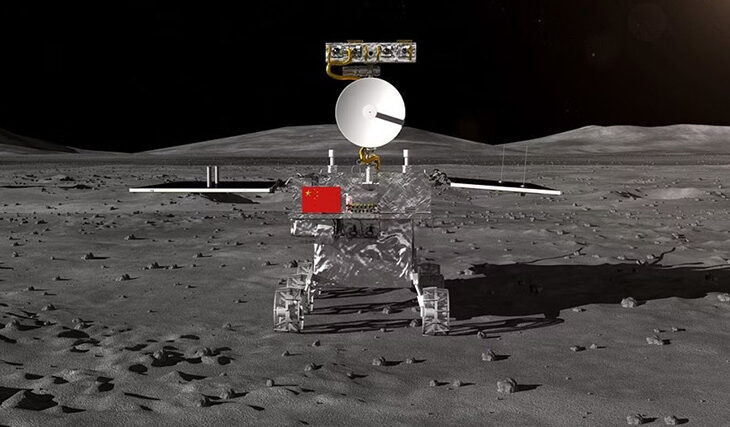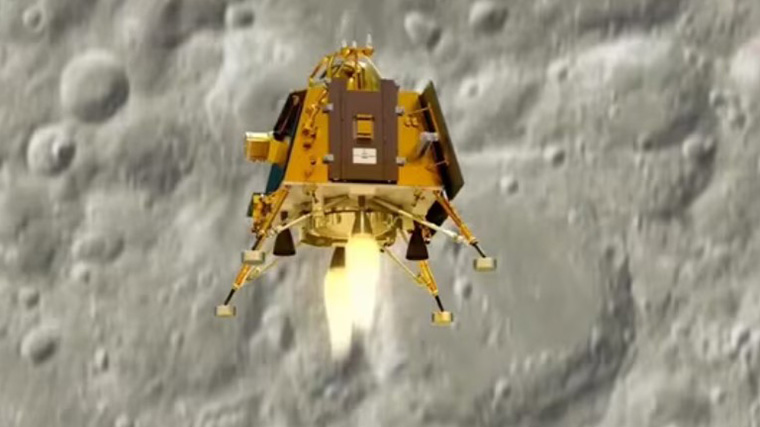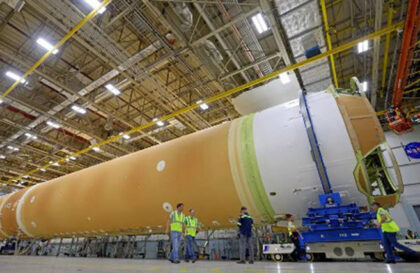China has more than 800 satellites in orbit, Pakistan – three, Belarus – two (the Belintersat-1 communications satellite and the educational nanosatellite BSU Sat-1 of the Belarusian State University).
However, the strategic importance of cooperation between China, Pakistan, and Belarus for the lunar base project must be considered. This joint effort not only allows these countries to pool their resources and expertise but also positions them as key players in the global race to explore and colonize the Moon. As space becomes an increasingly critical area for national security and economic development, cooperation allows these countries to assert their influence and pursue their strategic interests on the international stage.
As a significant space power, China offers advanced capabilities and experience in lunar exploration, having successfully launched several lunar missions in recent years. Pakistan, with its growing expertise in satellite technology and space applications, can make valuable contributions to communications, remote sensing, and navigation systems. Belarus, known for its expertise in IT and engineering, can support the development of critical lunar infrastructure such as habitat modules and resource extraction equipment. By combining their strengths, the three countries can increase their chances of success in establishing a sustainable and functional base on the Moon.
CubeBel-1 or BSUSat-1 is a Belarusian satellite. Weight 2 kg. Credit: Belarusian State University (BSU)
Cooperation between China, Pakistan, and Belarus on the lunar base project presents potential benefits and challenges for all countries involved. Some benefits include:
– Access to lunar resources such as water, ice, and rare metals that can drive technological innovation and economic growth.- Increased international prestige and influence, as participation in such a high-profile project demonstrates their commitment to scientific progress and global cooperation.
– Opportunities for domestic industries to develop and mature as the project requires advanced technology and skilled personnel in various sectors.
As reported by SpaceNews, the International Lunar Research Station (ILRS) coalition currently consists of seven countries: China, Russia, Belarus, Pakistan, Azerbaijan, Venezuela, and South Africa.
While technical contribution is essential, China does not focus solely on this criterion. The other five countries cannot be considered major players in space exploration, but their other contributions are also of interest to China.
According to Victoria Samson, director of the Washington office of the nonprofit Secure World Foundation, Pakistan needs more means to launch its satellites. It is dependent on China to do so. Also, Pakistan has only three functioning satellites currently orbiting the Earth, a far cry from the more than 800 satellites China has in space. This was reported to SpaceNews by email.
“Technically, he may not have a large contribution to ILRS,” she said of his contribution. “However, his political support carries its weight and is a clear indication of China’s lunar ambitions, if nothing else.
To create a lunar coalition, NASA initiated a sequence of agreements called Artemis. These agreements outline the fundamental values of the respectful and peaceful lunar exploration that the US space agency pursues through the Artemis program. So far, 29 countries have signed Artemis agreements. These countries include Australia, Brazil, Canada, France, Germany, India, Japan, South Korea and the United Kingdom.
According to NASA officials, the main goal of the Artemis program is to build one or more bases near the moon’s south pole by the end of the 2020s. This region is believed to have a significant amount of water ice. The knowledge and experience gained from this endeavor will help the space agency send astronauts to Mars in the early 2040s or late 2030s.
Banner image: An artist’s impression of the Chang’e-4 lunar probe. Credit: China National Space Administration
Image credit:
https://theprint.in
https://space.skyrocket.de



